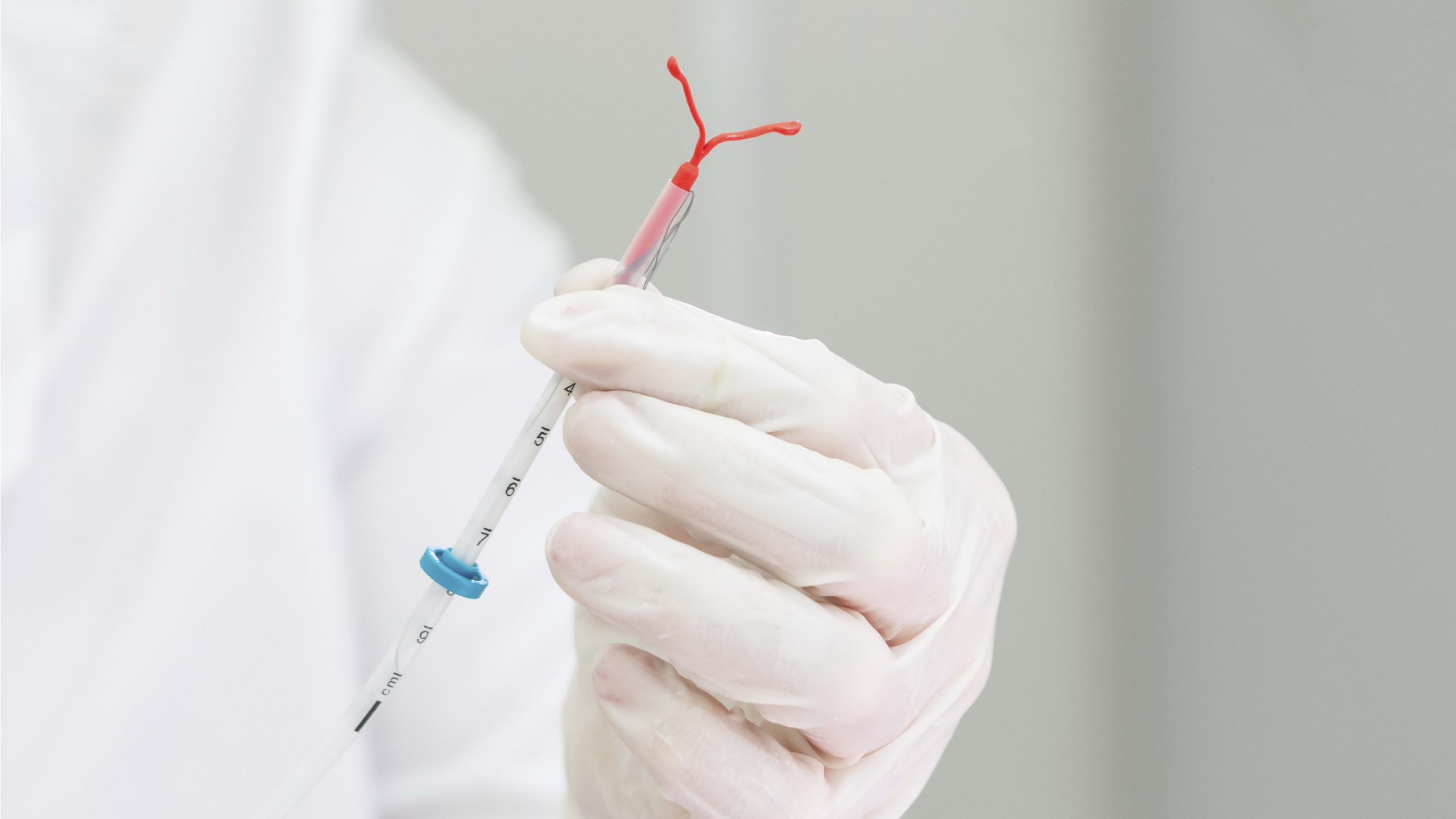Contraception Method: Copper IUD :
It is a T shaped device inserted into the uterus releasing copper to affects the cervical mucus, which makes it difficult for sperm to reach the egg and impairs implantation.
Copper IUD available in KSA:
Nova T 380. (Surface of 380 mm2 of copper).
Protection duration: up to 5 years.
Copper IUD advantages:
1. Effective right away
2. Less spotting outside menstrual period
3. Does not cause anovulation
4. Can be used for emergency contraception and then left in place
5. No hormones so does not cause hormone related side effects
6. Protection up to 5 years
7. Does not interfere with lactation
Insertion time after delivery:
- It can be inserted immediately after birth, within 48 hours.
- If more than 48 hours , it is usually recommended to wait 4 weeks, but you should consult your doctor about the appropriate time for you.
Candidates for copper IUD:
1. Ladies with history of hormones related side effects.
2. Women with history or current breast cancer.
3. Ladies who are fine to continue having cyclic menstrual bleeding or heavier flow.
Contraindications for copper IUD:
1. Pregnancy.
2. Unexplained uterine bleeding.
3. Uterus or cervix abnormalities.
4. Allergy to copper or any other IUD components.
5. Heavy menstrual bleeding.
6. Clotting disorders.
7. Severe anemia.
8. Immune weakened conditions.
9. History of ectopic pregnancy.
Copper IUD side effects/risks:
1. Temporary irregular or heavy bleeding in the first three months.
2. Mild to moderate cramping in the first three months.
3. Does not protect against sexually transmitted diseases.
4. Increase in the amount of menstrual bleeding, possibility approximately 60%, and it decreases with time.
5. Perforation during insertion (rare )
6. Expulsion ( rare )
7. Pelvic inflammatory disease ( rare )
8. Possibility of ectopic pregnancy if conceived with IUD in place.
After the insertion:
1. Spotting or bleeding is expected immediately after IUD insertion.
2. Check with the doctor after one month that it is in place.
3. IUD must be removed if possible if conceived.
Removing the IUD:
The IUD can be removed during or outside menstruation periods.
The lady must go to the hospital if:
1. Heavy unusual bleeding.
2. Signs of pregnancy.
3. Foul unusual vaginal discharge.
4. Abnormal abdomen pain.
5. Pain during intercourse.
6. Feeling that it is moved from its place.
7. Unexplained fever.



